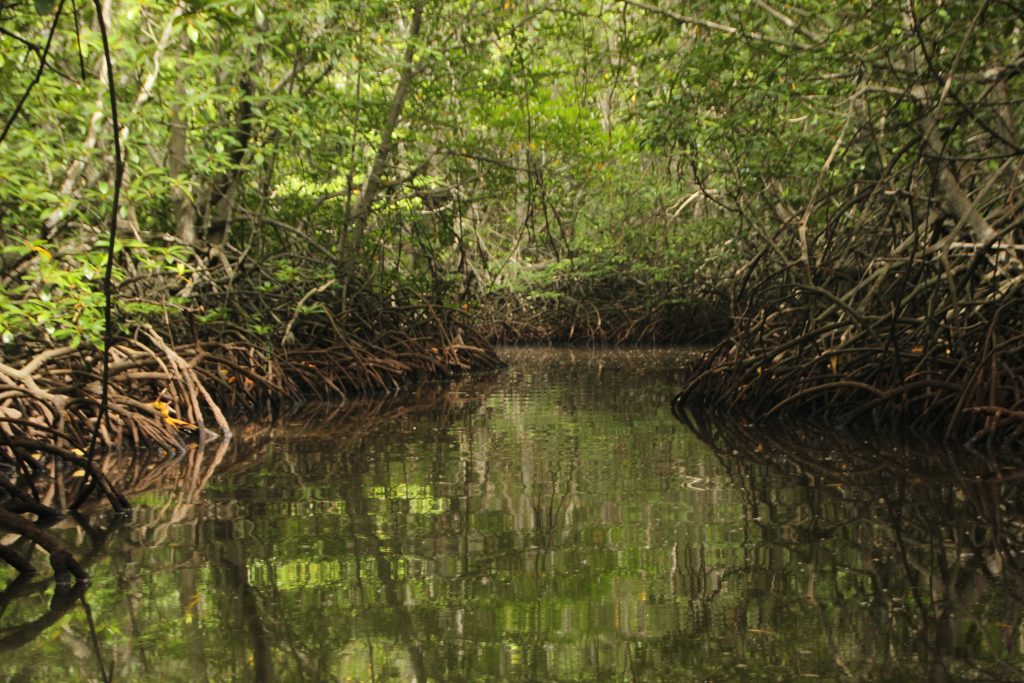It’s no question that there are a lot of ways we can help protect the environment. Sadly, we can say the exact same thing about how hurting the earth was easily made available. This has been true for as long as we remember; we know we should care, but why are we not doing it?
Composed of a little over 7,000 islands, there’s no denying that the Philippines is one of the richest countries in the world in terms of natural resources. Beaches, mountains, and forests—abundance was never a question until we experienced firsthand the effects of global warming. But the time to make things right is always now—not later, not tomorrow, but right at this very moment.

Mangroves, a gem of coastal ecosystems, play a vital role in protecting us. Its self-evident beauty has helped us drive tourism in some areas of our country, but there’s more to it than what our eyes can see. It’s time we take care of them the same way they’ve been protecting us for as long as we remember.
Here’s a list to keep in mind:
1. Importance is assurance
2. Cut the loss
3. Choose green
4. A comeback is always a good idea
Before making space for a new mangrove nursery, it’s imperative that we check on what’s left and can be recovered. When the requirements of restoration seem demanding, there’s always room for an extra hand, and that could mean getting the local community involved through various sustainable initiatives.
5. Be the voice
Start by knowing where the noise of this advocacy is coming from. Look for people who have the same voice, and challenge yourself to actively take part in the movement. Searching for a list of relevant organizations is a good start.
With the whole idea of taking care of the environment, the concept may come across as ideal, but not with the right intentions. If we start making care our priority, then it’ll eventually be innate to us. This doesn’t solve the problem overnight, though, but a step makes the whole route possible.



